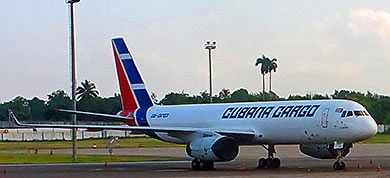 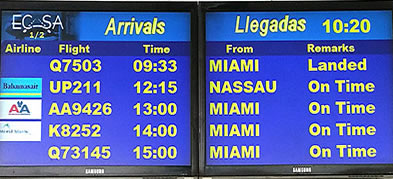
***Canadians and Europeans have always been able to travel freely to Cuba. They do and have done so by the millions. They mostly visit beach resorts as tourists, a “luxury tourist” category not yet legal for Americans.
***Thousands of Americans have been sneaking into Cuba illegally over the years through nearby Caribbean islands, Canada or Mexico.
***Cubans are not restricted from traveling. It’s only a matter of having the money to do so.
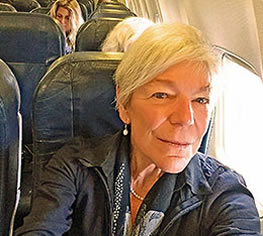 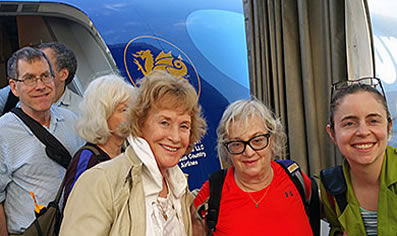
***Travel restrictions are slowly loosening for Americans. There are direct flights to Havana from NYC and Miami for legal travelers. Plans have also been approved for ferry service from Key West to Havana. Carnival Cruise Lines will begin bi-weekly crossings to Cuba from its Florida home base, May 2016. Legal flights will also be available from the American continent to Cuba beginning in the fall of 2016.
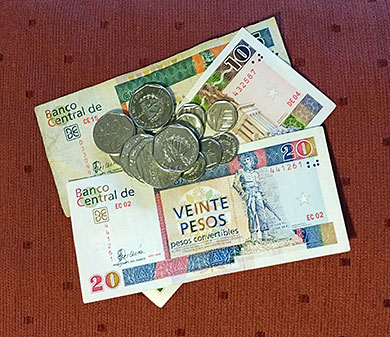 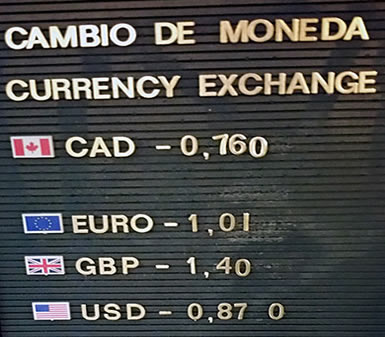
***Since the collapse of the Soviet Union, Cuba has operated under a duel-money system – the Cuban peso, aka the “soft” peso or government money, known as the CUP - and the “hard” currency convertible peso or money that comes from outside the country – i.e. – euros, dollars, pounds, kroner, etc., known as the CUC. Most Cubans are paid in the CUP while purchases of most goods require the CUC.
***When converting “hard” money to CUCs, use euros, pounds or Canadian dollars as there is no government fee charged. If you convert US dollars, the government will charge10%. The Cuban government has recently said that they may eliminate this charge. You can change CUCs back to euros, pounds, US dollars, etc., upon leaving the country, as it is not allowed to take them out of Cuba. Or you can spend your CUCs at the airport shops.
***The Cuban government announced in early March it plans to gradually end the country’s dual-currency system. Convertible pesos are equivalent to the U.S. dollar, while the Cuban pesos are worth only about 4 cents each. Neither peso is accepted as currency outside of Cuba, where, according to government statistics, most Cubans, including doctors, make about $20 a month from their official government salaries.
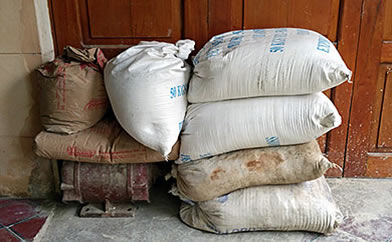 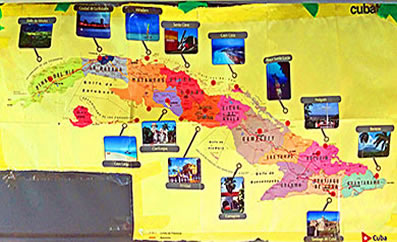
***All Cuban citizens get monthly chits for rice and beans. The amount per family is based on the number of family members, not on their other resources – wealthy or poor. It’s been argued that the wealthier don’t need these chits and food supplies.
***Cubans who work in any capacity connected to tourism are able to make “hard” money – money from Western currencies such as euros and US dollars, usually in the way of tips or direct cash purchases of Cuban goods, food or lodging. These convertible pesos – CUCs - go directly into the pockets of Cubans and not to the government.
| |
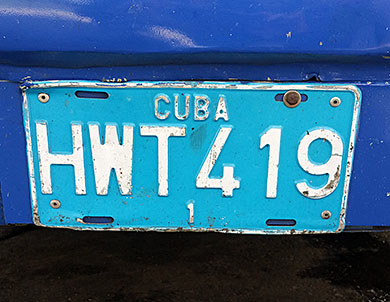 |
|
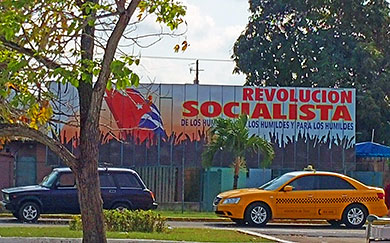
Una Revolución de los humildes, por los humildes y para los humildes. A Revolution of the humble, by the humble and for the humble. |
|
***Since 1961, when the U.S. cut diplomatic ties and trade with Cuba, Americans have been unable to use credit cards on the island. Americans have been able to legally travel only on educational or cultural tours, supervised by employees of the Cuban state tourism authority. As commerce is now allowed, US banks are currently negotiating necessary business infrastructure to establish a credit card system.
***Despite the recent visit to Cuba and President Obama easing some travel and business restrictions on Cuba, a 53-year-old U.S. embargo on the Communist nation remains. Only the US Congress can lift this embargo.
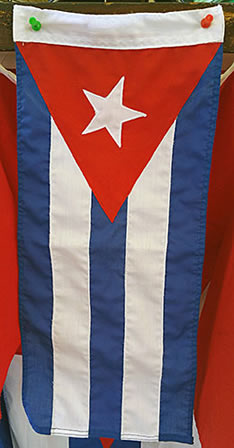 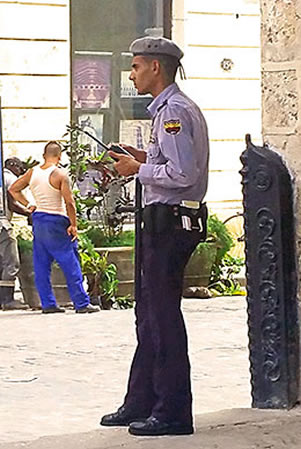
***If you see flags flying at half-mast, it’s because the Cubans refuse to raise them until Guantanamo has been returned to the Cuban people.
***Stroking the chin (or the beard) in Cuba means “you are talking too much.” It is a reference to Fidel Castro who was known for his loquaciousness. His brother, Raul, is not so long-winded.
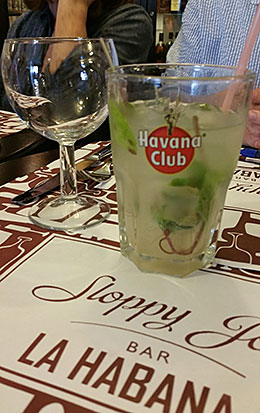 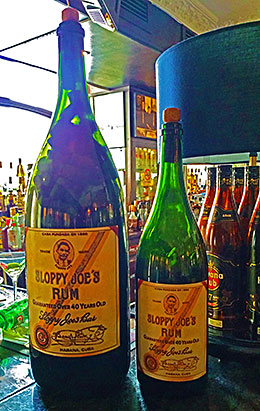
***Traditional Cuban toast: “Ariba” (gesture up with glass), “Abasa” (gesture down with glass), El Centro (gesture outwards towards your partners), Al Dentro (drink).
***Write your passport # on your hotel guest card and always carry it or a photocopy of your passport with you at all times for ID. Lock your passport in your hotel safe. It will be extremely difficult to replace your passport if stolen or lost, even with a US embassy now open in Havana.
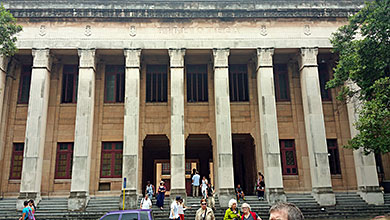 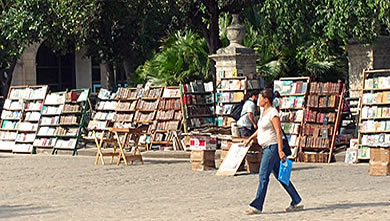
***Literacy rate in Cuba is 99.99%.
***University is free in Cuba, but access to University is highly competitive through strict testing.
***The University of Havana is the only university in the world that offers an advanced degree in architectural restoration.
***Contrary to popular belief, Cuba is not a predominately Catholic country. The majority of its people are Santarians. The Santoria religion is a blend of Catholicism and the Yoruba practices of western Africa whose followers believe in the worship of saints. Wonder why Pope Francis made a special trip to Havana in the summer of 2015?
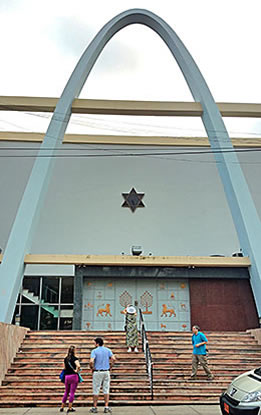 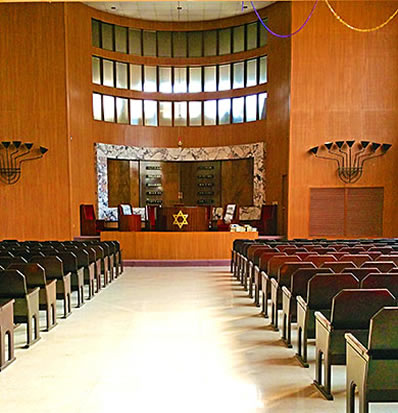
***Cuba has a rich history of a hearty Jewish population, as it was always a safe haven with easy immigration policies. There were 15,000 Jews in Cuba before 1959, when 80% of the Jewish community left for other climes, mostly Miami. Cuban Jews living in Miami are called Jubans. There are three synagogues in Havana – Sephardic, Orthodox and Conservative - plus many others all over the island. The entire country is now home to only 1,300 Jews.
*** The next president of Cuba will most likely not be another Castro, but the very popular current Vice President, Miguel Diaz-Canel.
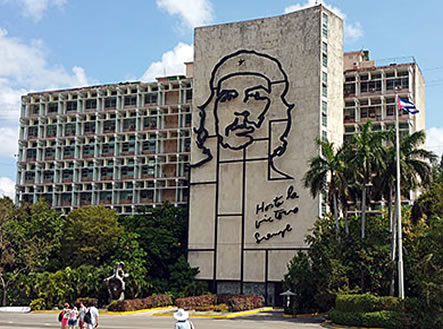 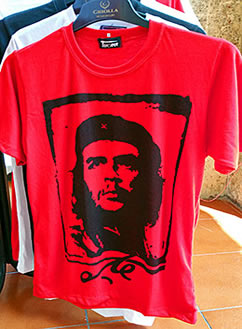
***The metal sculpture on the Cuban "CIA" building in Revolution Square is Che Guevera.
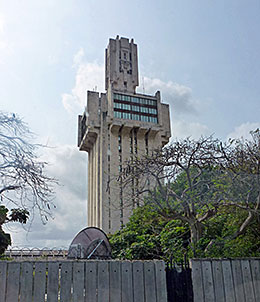
***After the US embargo was imposed, Cubans referred to Soviet and US architecture in the following terms: US people were the bad people who built the good stuff and the Soviets were the good people who built the bad stuff. This Soviet building on the Malecon near the US embassy is considered the ugliest building in Havana.
***The huge Cuban Circus is located at the amusement park that was originally called Cony Island. But after the US embargo, the name was changed to Cuban Circus because it was deemed politically incorrect. The Circus performs every week.
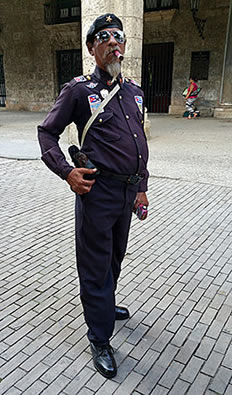 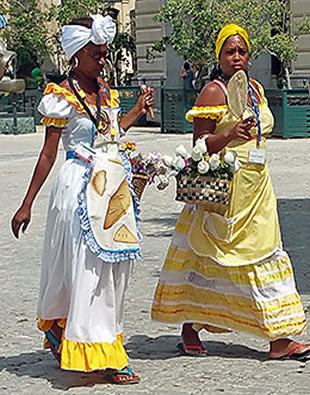
***Cubans dressed in costume, posing in the city squares - for instance this gentleman in Fidel garb, or these women in traditional dresses - are working and expect money if you take their picture. At least one peso (CUC) per person is appropriate.
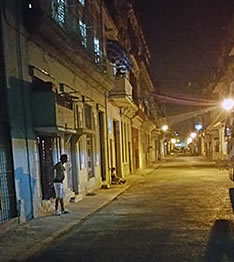 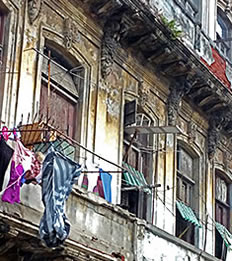 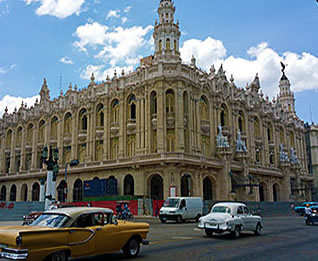
***Havana is made up of three sections. Old Havana, World Heritage Site, is currently being restored from poverty. The modern urban neighborhood and central business district is the Vedado, considered the heart of the Cuban capital. The affluent population lives across the river in the Miramar section of Havana. This is the location of most of the diplomats, the embassies and the wealthy foreigners.
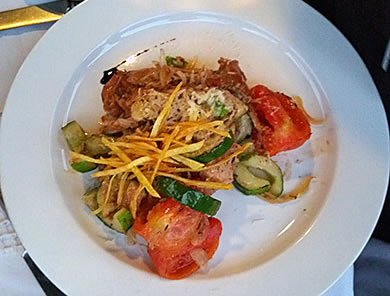 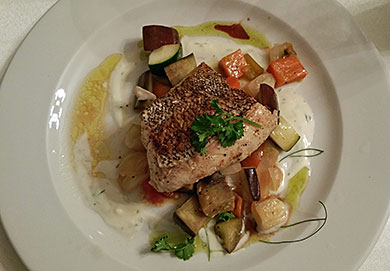
***All food in Cuba is organic because there is an embargo on and, as well, no money for pesticides.
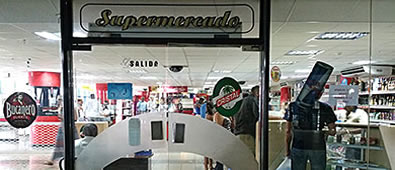 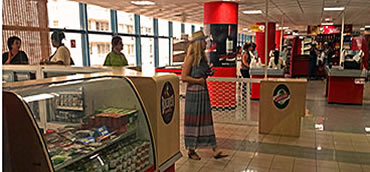
***A Government grocery store required shoppers to check all bags at the door and pass through security guards on the way in and on the way out. Goods for sale consisted of canned and bottled goods, a few pieces of chicken or fish in a small meat display case. There were no fresh fruits or vegetables and no frozen foods available. Fresh produce is trucked into the city by local farmers who sell their wares privately on the street.
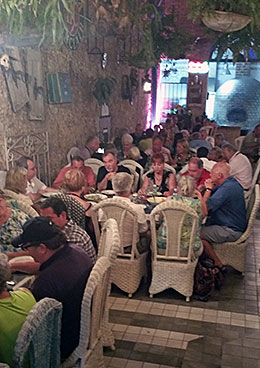 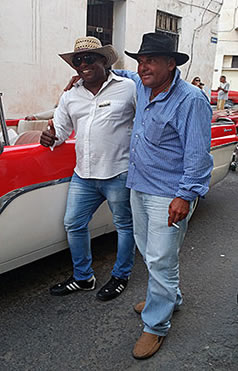
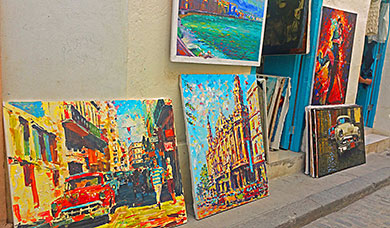 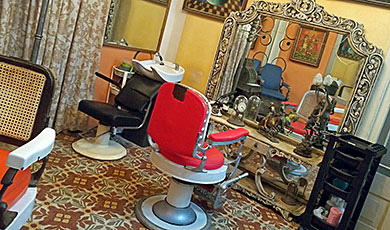
***Private enterprise is now allowed in Cuba. As a result, many Cubans have opened their homes as bed and breakfasts, restaurants (paladars) and beauty shops. Many clever entrepreneurs have restored their old American cars and use them as taxis. These are fondly referred to as Yank-Tanks. Through these enterprises, Cuban people are able to make hard money from outside tourism.
|